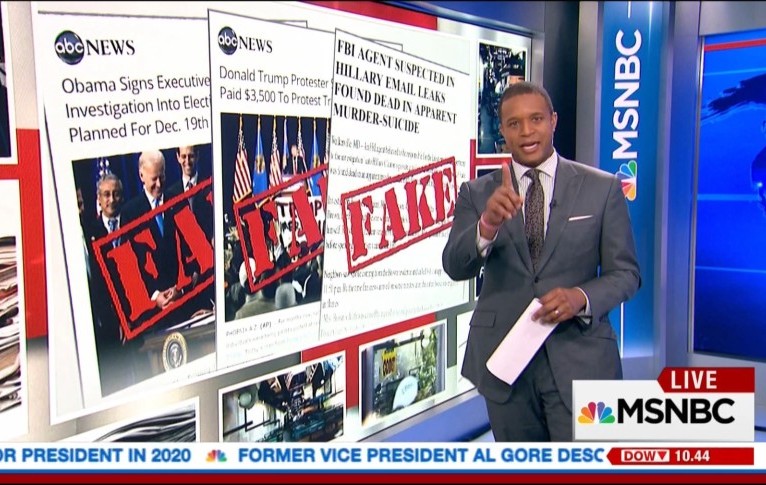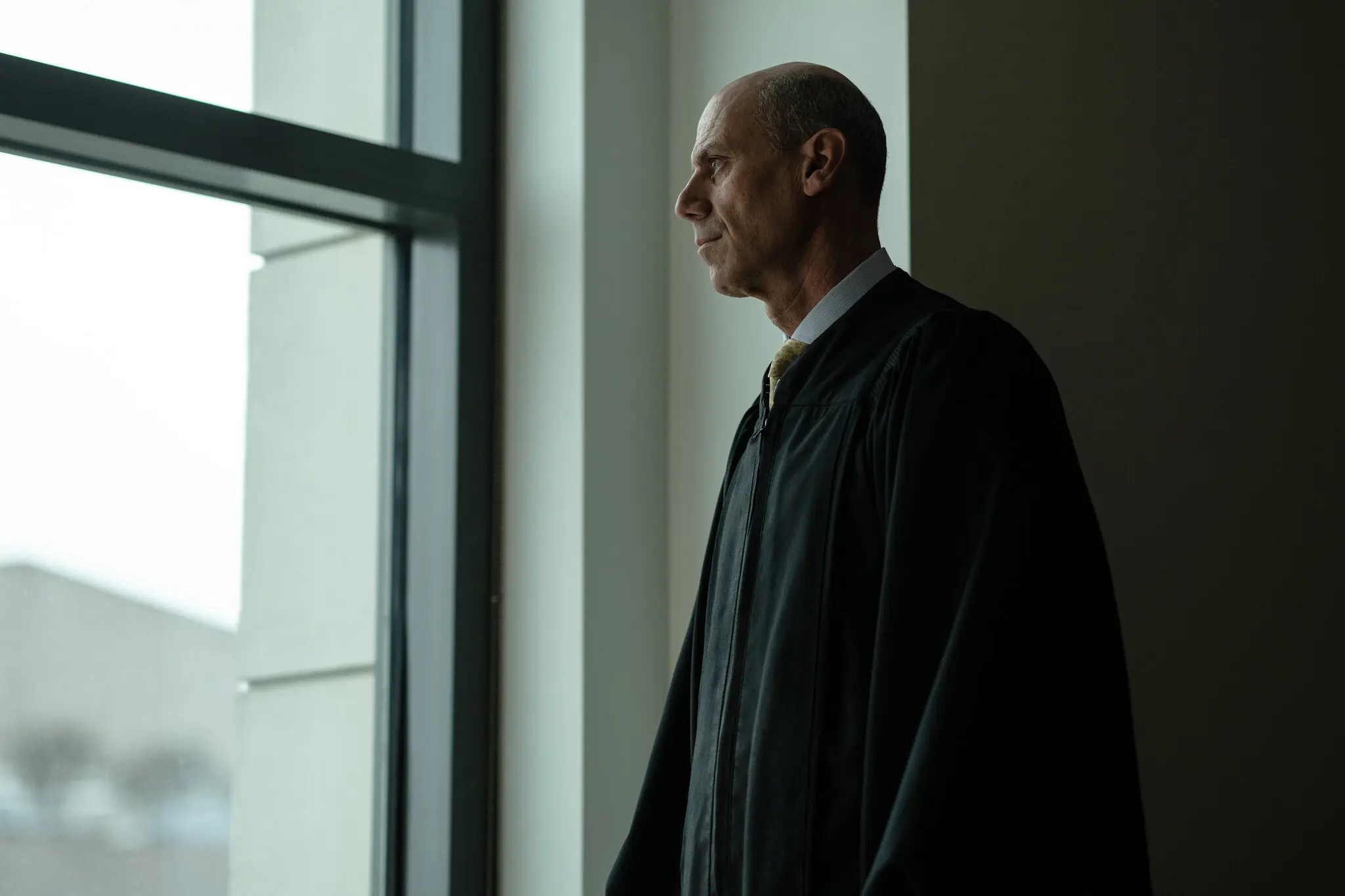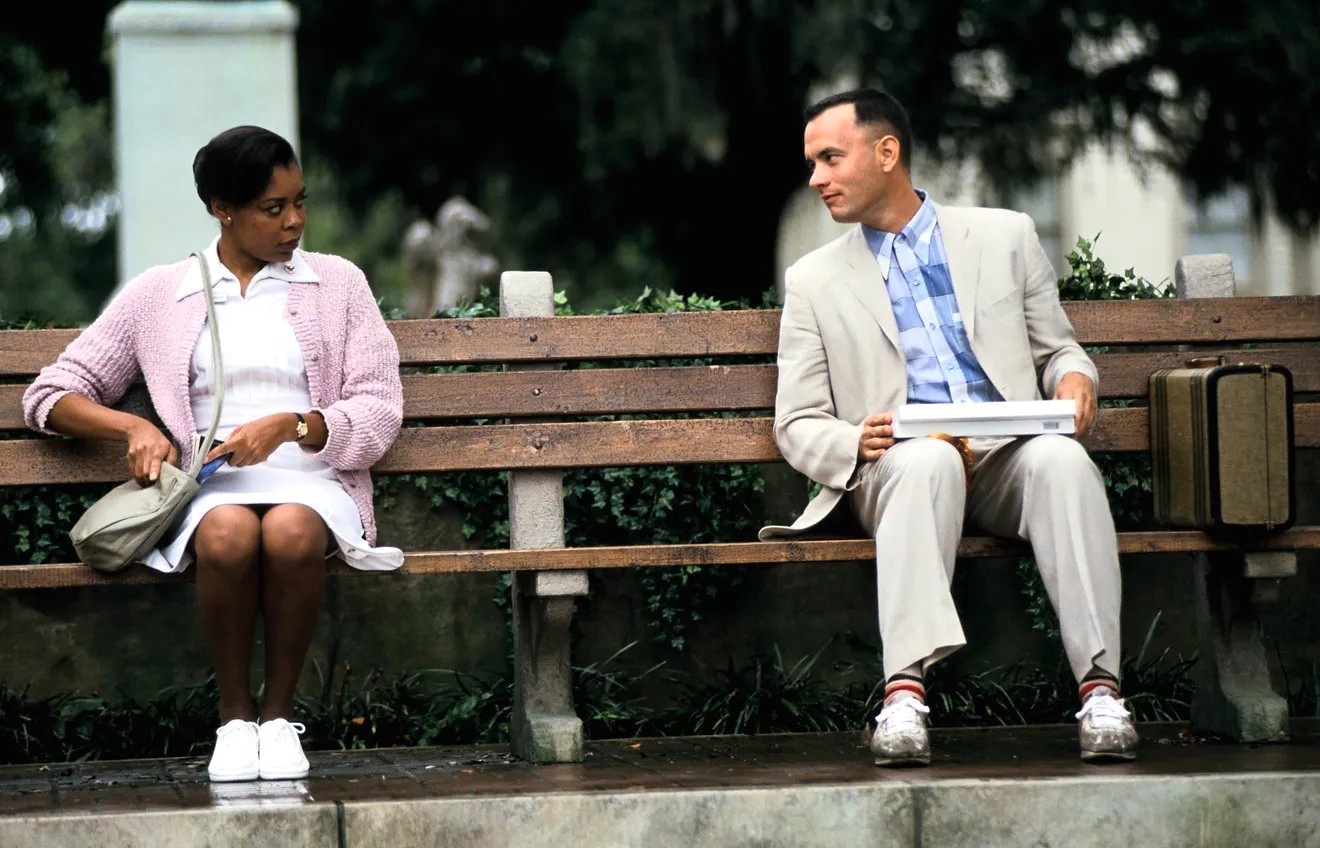A few years ago, a college buddy contacted me by e-mail with a headline and link to a website that talked about a conspiracy theory that he believed to be true.

His message: “Jim, you need to look into this. You can’t believe what they’re doing!”
This was the first of several messages all with a similar format: startling headline, link to a website, followed by a personal message. With each theory, the message grew more anxious: “This one is real!”
I would investigate – which took all of five or ten minutes – and send along a series of links that would either debunk the theory or cast enough suspicion that would cause him to drop the issue.
There is a website for virtually all manner of conspiracy theories. More.com compiled a list of the top conspiracy theories that just won’t go away. Among them:
The government was involved in 9/11 –
“Theories abound about the role of the U.S. government in the events of September 11, 2001, but most state that either the Bush administration had previous knowledge of the attacks and didn’t act or that it orchestrated the entire thing.”
Princess Diana was killed on purpose –
“Some think she was pregnant and planning to marry her boyfriend, Dodi Al-Fayed (son to the owner of Harrod’s and Paris’s Ritz Hotel), and planning to become Muslim, which might’ve worried the British Royal Family, given her influence on the people. Others state that the family wanted her out of the way so that people would support Prince Charles’s remarriage.”
And, of course, at the top of the list…
Lee Harvey Oswald didn’t act alone (or possibly at all) –
“…the second shooter… the grassy knoll … the CIA, the Mafia, Fidel Castro, and Lyndon Johnson are often listed as the masterminds behind the murder and cover-up.”
One 2013 debunked theory had a Secret Service agent in the follow-up car accidentally shooting Kennedy.
More ridiculous is another theory that came out that same year that held that the Secret Service driver of the presidential limo actually killed Kennedy. Theorists cite a frame in the Zapruder film that appears to show the outline of a gun held by the driver.
Real or fake?
Well, for starters, the website that promotes this theory is a called Truther.com, and if like the Kennedy scenario, you’re going to love their “10 Reasons Why…” series:
“10 Reasons Why ‘Fast and Furious’ Star Paul Walker Was Assassinated,” or…
“10 Reasons Why Paul Walker was Killed by a Predator Drone Strike.”
My personal favorite:
“10 REASONS WHY THE MAYA CALENDAR ENDS ON MAY 21, 2016—ARRIVAL OF PLANET X (CERES) & THREE DAYS OF DARKNESS EXPECTED.”
(Of course, there’s no follow-up story of say, 10 Reasons Why the Maya Calendar was wrong.)
But this brings up, what is for me, the most critical factor in determining if a story is real or fake:
Check your sources –
A cursory look on Truther.com clearly indicates that they are either in the entertainment business, trolling for other conspiracy buffs or both. But despite their name, reliability does not appear to be in their DNA.
When it comes to most theories, I utilize common sense and Occam’s razor: “The simplest answer is most often correct.”
As frequent readers will note, while the commentaries I write are opinion, they are supported by links that go to quotes or facts, and I usually have more than one link in a story. Further, I draw from reliable sources: The Wall Street Journal, The New York Times, National Public Radio, NBC, CBS, FactCheck, Politifact, etc.
From time to time, I do cite Wikipedia. However, I only do this when there are multiple sources on the Wikipedia page and I have checked each of those sources.
If anyone has contradictory information challenging a source, I invite them to contact me. Only once have I had to correct a story.
In a commentary I wrote (July 2, 2015), “It’s the Law,” I gave, what turned out to be, the incorrect impression that one of many California capitol protestors was against childhood vaccinations. I was contacted by the woman in the story and offered space for her to reply (Sept. 11, 2015), correcting the record. In a follow-up, I apologized to the woman before offering my own response to her thoughtful comments.
With the proliferation of fake news stories, NPR (Dec. 5), offered some guidelines that I have used myself and included several more:
Pay attention to the domain and URL –
“Established news organizations usually own their domains and they have a standard look that you are probably familiar with. Sites with such endings like .com.co should make you raise your eyebrows and tip you off that you need to dig around more to see if they can be trusted. This is true even when the site looks professional and has semi-recognizable logos. For example, abcnews.com is a legitimate news source, but abcnews.com.co is not, despite its similar appearance.
Read the “About Us” section –
“Most sites will have a lot of information about the news outlet, the company that runs it, members of leadership, and the mission and ethics statement behind an organization. The language used here is straightforward. If it’s melodramatic and seems overblown, you should be skeptical. …
Look at the quotes in a story –
“Or rather, look at the lack of quotes. Most publications have multiple sources in each story who are professionals and have expertise in the fields they talk about. … Look for professors or other academics who can speak to the research they’ve done. And if they are talking about research, look up those studies.
Look at who said them –
“Then, see who said the quotes, and what they said. Are they a reputable source with a title that you can verify through a quick Google search? Say you’re looking at a story and it says President Obama said he wanted to take everyone’s guns away. And then there’s a quote. Obama is an official who has almost everything he says recorded and archived. There are transcripts for pretty much any address or speech he has given. Google those quotes. See what the speech was about, who he was addressing and when it happened. …
Reverse image search [I didn’t know about this one] –
“A picture should be accurate in illustrating what the story is about. …Do a little detective work and reverse search for the image on Google. You can do this by right-clicking on the image and choosing to search Google for it. If the image is appearing on a lot of stories about many different topics, there’s a good chance it’s not actually an image of what it says it was on the first story.”
How stuff works (Dec. 13) is another great site that offers some tips.
FactCheck.org (Nov. 18), offers a more detailed protocol.
Bottom Line: DO YOUR HOMEWORK! If you really believe that you’ve uncovered the holy grail of “Breaking News” take the time to research the credibility of the author, story, quote or photo. However, in most cases, if something seems too good to be true… it probably isn’t!
I have to leave, now. I’m late for my interview with James Dean, Marilyn Monroe and Elvis.
Comments










